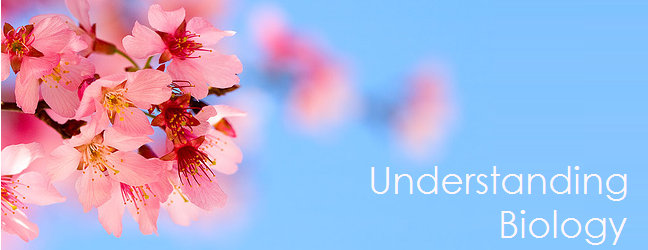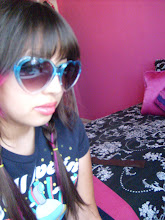
Apples
-99% of apples were turned into cider
-People preferred cider than water because it was safer to drink.
-There is a "museum" of apples, were many apple trees are kept and are examined by scientists.
-"Cloning" the commerical apples has made them more subseptible to pests that have been evolving.
-Scientist are tryng to transfer the genes of pest resistant apples ro commercial apples.
Flowers
Tulips were a big comodity in Turky.
-People would pay insane amoutns of money for a tulip bulb of the "broken " type.
-The broken tulip was white with blue and people loved it. But then it was known that the interesting coloring was caused by a virus.
-This left people who had invested a lot of money in their tulip, in ruins.
Cannabis
-It was used to treat conditions such as asthma and cancer, and pain.
-The name "marijuana" came from Mexico in the 20th century.
-Loui Armstrong used it, as he fet it helped him with improvisation.
-It contins THC, which combines to receptors in the brain. Which was an important discovery because it proved that there are recepors in the brain.
-Appetite, pain, and memory are affected by cannabis.
Potatoes
-Originated in the Antics.
-Europeans took them to Ireland, where the Irish started cultivating them. They solved a lot of hunger problems.
-They only grew one kind, so when a fungus arrived on a ship, it ruined all the potatoes
-This killed one million people of hunger, 1 out of 8.















